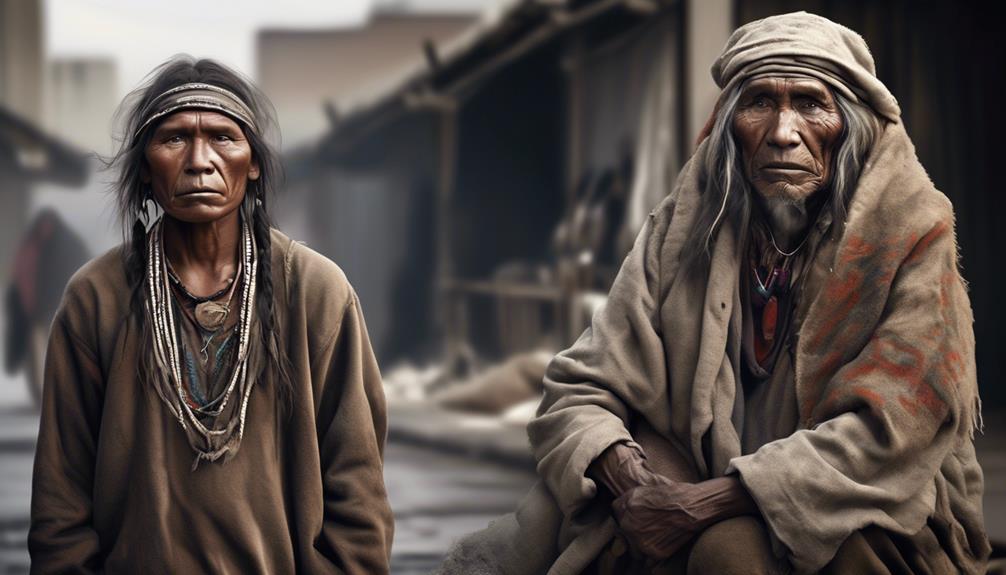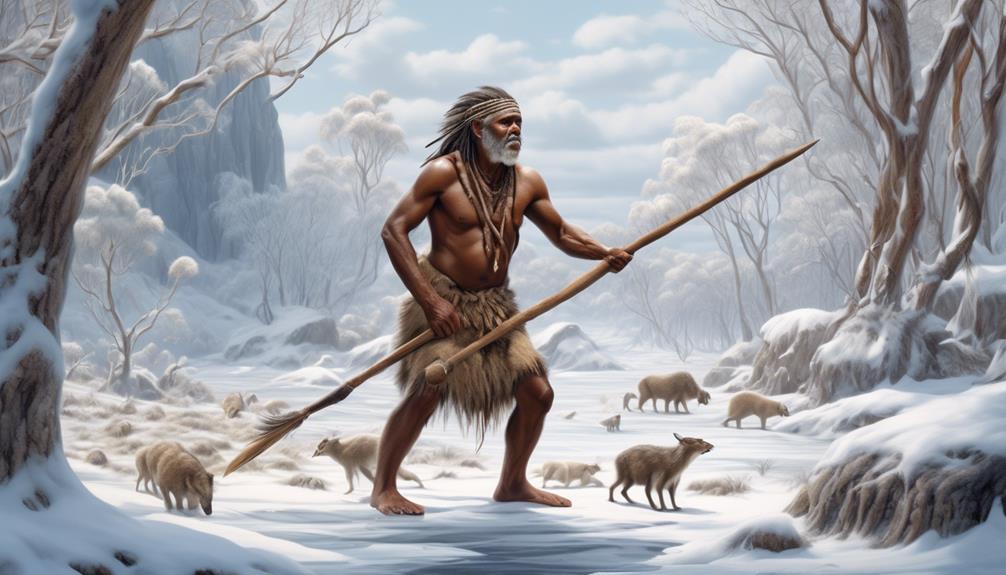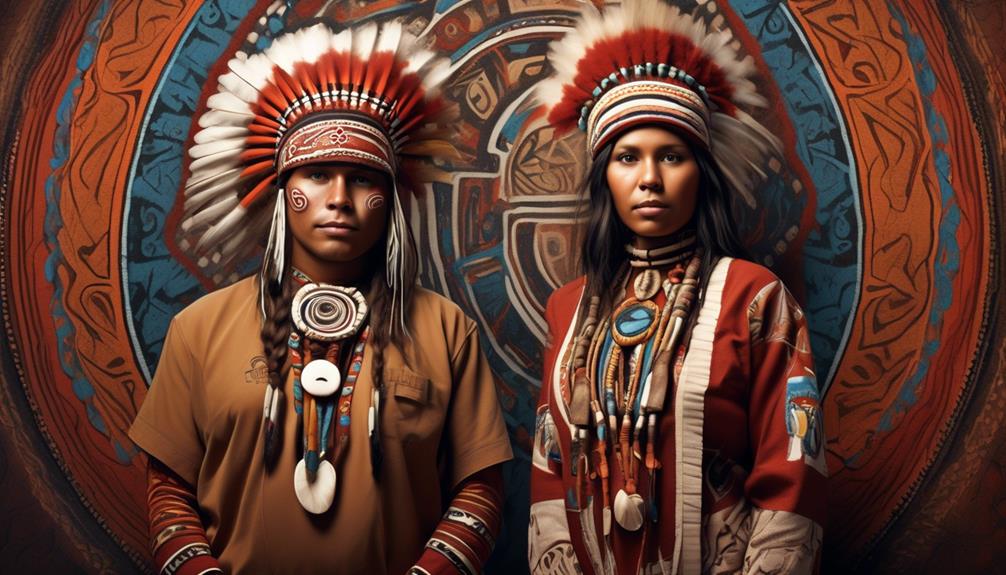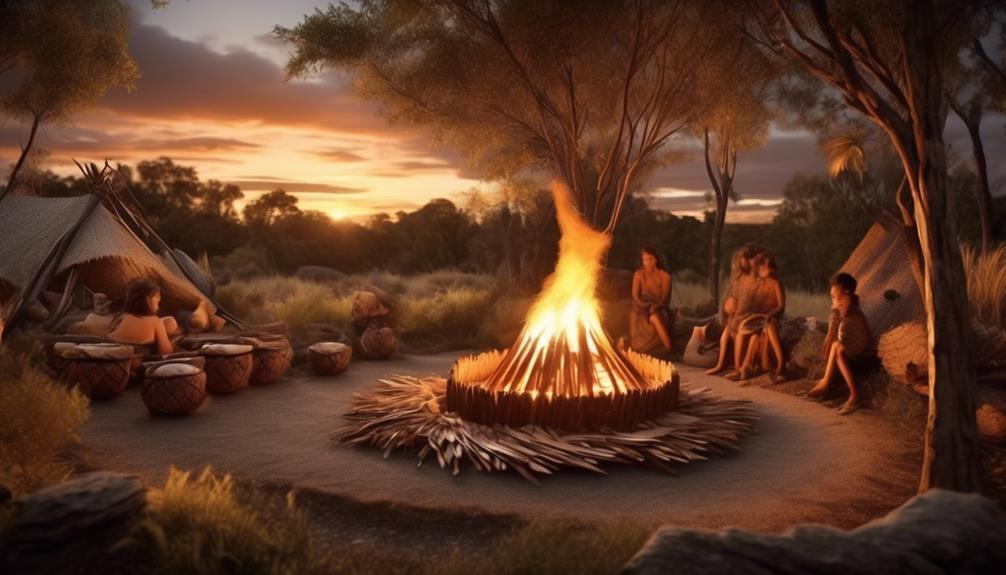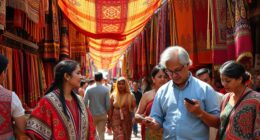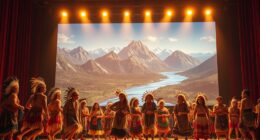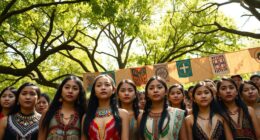Upon first glance, it may seem that the words ‘indigenous’ and ‘indigent’ are similar. Nevertheless, further examination reveals that they hold distinct definitions and implications.
While the confusion between the two is understandable, it is essential to unravel the nuanced differences and understand their respective significance.
As we explore the origins, cultural implications, economic disparities, global impact, and linguistic considerations of these terms, it becomes apparent that their implications extend far beyond mere semantics.
The exploration of these concepts sheds light on critical aspects of society and human experience, prompting us to critically reevaluate our understanding of these terms and their impact on various communities and cultures.
Key Takeaways
- 'Indigenous' refers to the original inhabitants of a region, while 'indigent' describes individuals experiencing poverty or destitution.
- Indigenous cultures actively preserve their traditions and contribute to the preservation of their cultural significance.
- Indigenous communities face economic disparities and high poverty rates, but they implement initiatives and advocate for policy changes to promote economic empowerment.
- Indigenous sustainable initiatives have a global impact by fostering economic growth, enriching the global cultural tapestry, and offering valuable insights for environmental conservation efforts.
Origins and Definitions
The term 'indigenous' originates from the Latin word 'indigena,' meaning 'native to the land,' while 'indigent' is derived from the Latin word 'indigentem,' meaning 'in need' or 'poor.' Understanding the historical context and etymological roots of these terms provides insight into their modern interpretations and societal implications.
Historically, the term 'indigenous' has been used to describe the original inhabitants of a particular region or land. It carries significant historical context, often associated with colonization and the displacement of native populations. This has societal implications as it relates to issues of land rights, cultural preservation, and self-determination for indigenous communities.
On the other hand, 'indigent' historically referred to individuals experiencing poverty or destitution. In modern times, it's associated with socio-economic disparities and welfare systems. The historical context of this term reveals societal implications related to poverty alleviation, social welfare programs, and the broader discourse on economic inequality.
Understanding the etymological roots and historical context of 'indigenous' and 'indigent' is crucial for interpreting their modern implications and addressing societal issues related to identity, land rights, poverty, and social welfare.
Cultural Significance
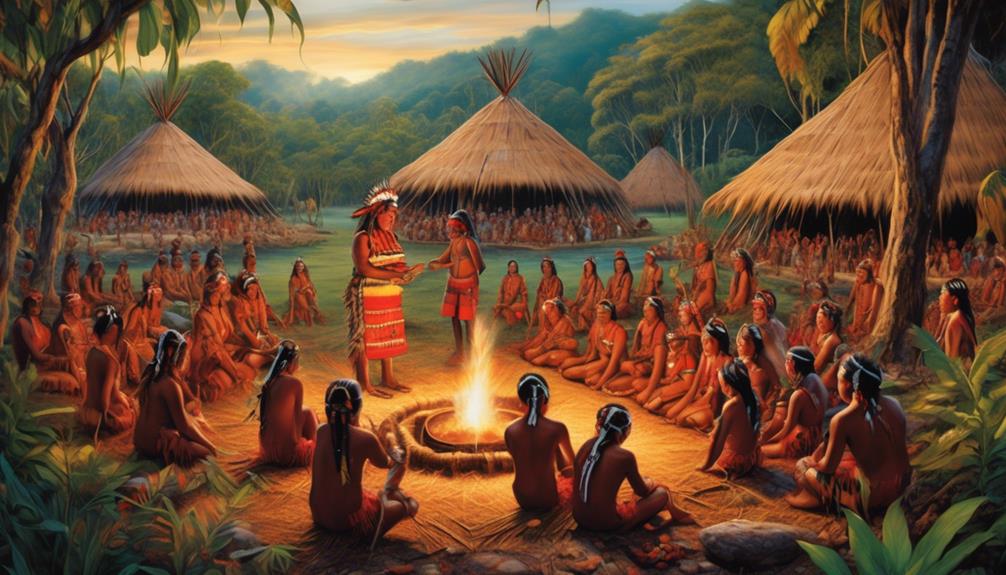
Indigenous cultures exhibit a rich tapestry of traditions, beliefs, and practices that have endured for generations. These cultures hold immense cultural significance, rooted in their deep connection to the land and their ancestors. This significance is evident in various aspects:
- Cultural Preservation: Indigenous communities actively engage in preserving their cultural heritage, recognizing the value of their traditions and customs. Through practices such as oral storytelling, traditional ceremonies, and art forms, they safeguard their cultural identity from being eroded by modern influences.
- Traditional Knowledge: The traditional knowledge held by indigenous peoples encompasses a profound understanding of the natural world, medicinal properties of plants, sustainable agricultural practices, and intricate ecological wisdom. This knowledge is passed down through generations, serving as a vital resource for not only indigenous communities but also the broader society.
- Spiritual Practices: The spiritual beliefs and practices of indigenous cultures are deeply intertwined with their cultural identity. These practices reflect a holistic approach to life, encompassing interconnectedness with the environment, spirituality, and community values, contributing to the preservation of their cultural significance.
Economic Disparities
Despite facing economic disparities, indigenous communities actively seek sustainable solutions to address their financial challenges. Economic inequality continues to plague many indigenous groups, leading to disproportionately high poverty rates. The lack of access to quality education, job opportunities, and financial resources perpetuates this cycle of poverty.
However, rather than succumbing to these challenges, indigenous communities are resilient and resourceful. They're implementing initiatives such as community-owned businesses, sustainable agriculture projects, and skill development programs to uplift their economic standing.
In some regions, indigenous groups are advocating for policy changes to promote economic empowerment and ensure fair distribution of resources. They're also embracing traditional knowledge and practices to create economic opportunities, such as ecotourism ventures that showcase their cultural heritage. By preserving their customs and environment while engaging in economic activities, indigenous communities are demonstrating their commitment to sustainable development.
Despite the uphill battle against economic disparities, indigenous peoples are actively forging paths towards economic independence and prosperity. Their determination and innovative approaches serve as a testament to their resilience in the face of economic adversity.
Global Impact
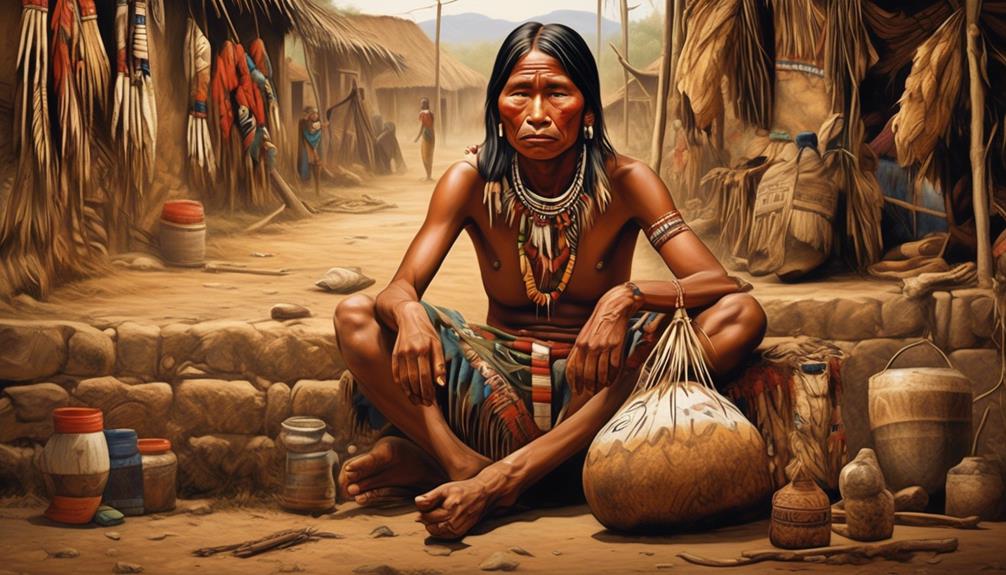
Within the realm of global economics, the impact of indigenous communities' sustainable initiatives is gaining recognition. These initiatives aren't only essential for the preservation of cultural and environmental heritage but also have a significant global influence. When these sustainable practices are embraced and supported, they contribute to the overall well-being of the planet and its inhabitants.
This impact extends beyond environmental sustainability to encompass various social implications, including:
- Economic Empowerment: Indigenous sustainable initiatives often create local employment opportunities, fostering economic growth within their communities. This, in turn, contributes to the broader global economy by promoting inclusive and sustainable industrialization.
- Cultural Preservation: By promoting traditional practices and knowledge, indigenous communities enrich the global cultural tapestry, fostering understanding and respect among diverse societies.
- Environmental Stewardship: Indigenous sustainable practices not only protect local ecosystems but also offer valuable insights for global environmental conservation efforts, emphasizing the importance of living in harmony with nature.
These social implications underscore the importance of recognizing and supporting the global impact of indigenous communities' sustainable initiatives, leading to a more inclusive and sustainable global economy.
Linguistic Considerations
Embracing indigenous sustainable practices not only enriches global cultural diversity but also presents linguistic considerations that are vital for preserving and celebrating the unique languages embedded within these communities.
Language nuances play a critical role in indigenous cultures, reflecting their deep connection to the environment, societal structures, and spiritual beliefs. The preservation of these languages is essential for safeguarding traditional knowledge and maintaining the cultural identity of indigenous peoples.
Language nuances encompass not only the vocabulary and grammar but also the cultural implications embedded within the linguistic framework. Each word and expression carries profound historical and spiritual significance, encapsulating the collective wisdom and experiences of generations past. Therefore, efforts to preserve indigenous languages must extend beyond mere documentation to actively fostering their everyday usage and transmission to younger generations.
Furthermore, the cultural implications of language are deeply intertwined with indigenous sustainable practices, as they shape the worldview, values, and relationships within the community. By recognizing and honoring these linguistic nuances, we can gain a deeper understanding of indigenous knowledge systems and traditional ecological practices, ultimately fostering mutual respect and collaboration between indigenous and non-indigenous communities.
Frequently Asked Questions
How Do Indigenous Communities Approach Traditional Medicine and Healing Practices?
We approach traditional healing practices by honoring our cultural heritage and preserving ancient knowledge. Our communities hold deep respect for the wisdom passed down through generations, utilizing traditional medicine to address physical, spiritual, and emotional well-being.
What Are Some Common Misconceptions About Indigenous Cultures and Traditions?
We often misunderstand indigenous traditions, leading to cultural appropriation. Some common misconceptions include viewing indigenous cultures as primitive or backward. This overlooks their rich history, deep knowledge, and sustainable practices.
Many also assume that all indigenous groups have similar traditions, failing to recognize the diversity within these communities. Understanding the depth and complexity of indigenous cultures is essential to appreciating and respecting their traditions.
How Do Economic Disparities Affect Access to Education and Healthcare in Indigenous Communities?
Economic barriers in indigenous communities greatly impact access to education and healthcare. These disparities create significant hurdles for individuals seeking quality education and medical services. Many lack the resources to pursue higher education or receive proper medical care.
Traditional healing practices are often overlooked due to limited access to healthcare facilities. The inequality in these essential services hinders the overall well-being of indigenous communities, exacerbating the existing disparities.
What Role Do Indigenous Communities Play in Global Environmental Conservation Efforts?
We understand the importance of Indigenous perspectives in global environmental conservation efforts.
Indigenous communities play a crucial role in environmental stewardship through their deep understanding of the land and conservation practices.
Their traditional knowledge and sustainable practices are invaluable assets in preserving biodiversity and ecosystems.
It's essential to recognize and honor Indigenous contributions to environmental conservation and integrate their wisdom into broader conservation strategies.
How Do Indigenous Languages Contribute to the Preservation of Cultural Traditions and Knowledge?
We believe that indigenous languages are crucial for the preservation of cultural traditions and knowledge.
Language revitalization efforts are essential for preserving oral traditions and passing down cultural knowledge from generation to generation.
Indigenous languages hold the key to preserving unique cultural practices and worldviews.
Conclusion
As we navigate the complexities of indigenous and indigent identities, we must remember that the roots of these words run deep. Just as the indigenous peoples are deeply connected to their lands and cultures, the indigent are often deeply connected to their struggle for economic stability.
Both groups represent the resilience of the human spirit, pushing through adversity like the mighty roots of a tree breaking through concrete. Let's honor their strength and continue to advocate for their rights.
Mary is a passionate writer who brings creativity and a fresh perspective to our team. Her words have the power to captivate and inspire, making her an essential contributor to our content. Mary’s commitment to storytelling and dedication to promoting Indigenous culture ensures that her work touches the hearts of our readers. We’re fortunate to have her as part of our team.
